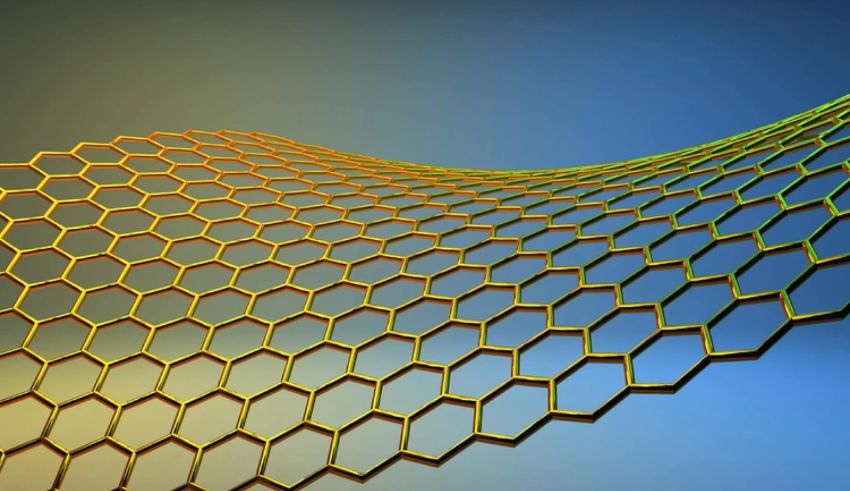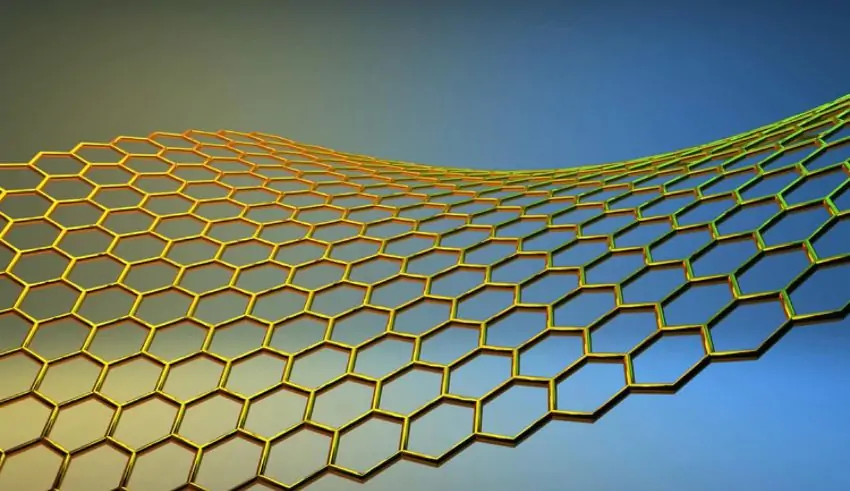

(C) Graphene+
Last updated on May 31st, 2024 at 11:52 pm
Engineers have made a groundbreaking advancement in the production of graphene, a material that has been hailed as the ‘wonder material’ of our age due to its exceptional properties.
Researchers have developed a new method to produce graphene that is both reproducible and clean, overcoming previous challenges associated with its production. This new technique involves an oxygen-free chemical vapor deposition (OF-CVD) process that significantly improves the quality and scalability of graphene.
The OF-CVD process represents a significant departure from traditional methods. By meticulously controlling the environment in which graphene is synthesized, the researchers have eliminated contaminants, particularly oxygen, that previously compromised the material’s integrity. This oxygen-free environment is crucial because even trace amounts of oxygen can degrade the electronic properties of graphene, rendering it less effective for high-performance applications.
Graphene is a single layer of carbon atoms arranged in a two-dimensional honeycomb lattice. Its unique structure endows it with remarkable characteristics, including ultra-high electrical conductivity, exceptional thermal conductivity, and incredible tensile strength. These properties have sparked immense interest in a wide range of industries, promising transformative advancements in several key areas.
In the realm of electronics, graphene’s high electrical conductivity can lead to faster, more efficient transistors and circuits. This could revolutionize the performance of computers, smartphones, and other electronic devices, making them faster and more energy-efficient.
Graphene’s potential in energy storage is equally groundbreaking. Its high surface area and conductivity make it an ideal material for batteries and supercapacitors, potentially leading to devices with greater storage capacity and faster charging times. This could have significant implications for electric vehicles and renewable energy systems, where efficient energy storage is critical.
In the field of sensors, graphene’s sensitivity and flexibility can lead to the development of highly responsive and accurate sensors for a variety of applications, including environmental monitoring and health diagnostics. Additionally, graphene’s biocompatibility and strength make it a promising candidate for biomedical devices, such as implants and wearable health monitors, that are both durable and minimally invasive.
The quality of graphene has been directly linked to the presence of oxygen during its production. By virtually eliminating all oxygen from the growth process, engineers at Columbia University and their colleagues have achieved high-quality graphene synthesis, paving the way for large-scale production.
The OF-CVD method’s success in producing high-quality graphene is a game-changer. Previous methods often resulted in graphene with defects and impurities, which limited its performance and applications. The new technique ensures that the graphene produced is of a consistently high standard, making it suitable for use in advanced technological applications.
Scalability has been one of the significant hurdles in graphene production. Traditional methods struggled to produce large quantities of high-quality graphene, limiting its availability and driving up costs. The new OF-CVD process addresses these issues, making it possible to produce graphene on a larger scale without compromising quality. This scalability is essential for meeting the growing demand for graphene in various industries.
With this new method, the dream of utilizing graphene’s full potential is closer to reality. Its applications could range from enhancing energy storage solutions to creating new medical devices and personal electronics, making it a material that could indeed change the world.
The implications of this breakthrough extend far beyond the laboratory. As industries begin to adopt and integrate high-quality graphene into their products, we can expect to see significant advancements in technology and a corresponding impact on everyday life. From more powerful electronic devices to improved medical treatments and more efficient energy solutions, graphene has the potential to transform the modern world.
OpenAI updated ChatGPT-4o to include its best text-to-image tools so free users can generate Studio Ghibli artwork by giving basic…
The stepping down of Piyush Gupta from the post of CEO of DBS Bank came after 15 years of leading…
The Delhi Directorate of Education releases 2025-26 marks for year-end tests in school levels 6 through 11. Online test data…
Singapore will further cement its status as an important basketball destination when it hosts three FIBA 3x3 events in 2026…
Jewel Section E, directed by Theodore Boborol and starring Ashtine Olviga as Jay-Jay Mariano, Andres Muhlach as Mark Keifer Watson,…
Cebu Pacific celebrates the delivery of its very first aircraft for 2025, the 459-seat Airbus A330neo, delivered at Ninoy Aquino…
This website uses cookies.
Read More